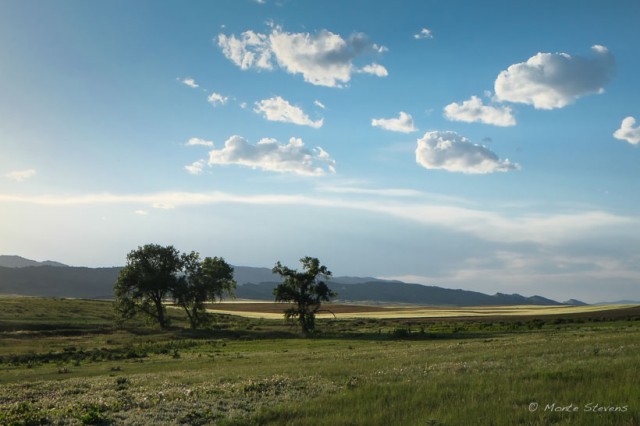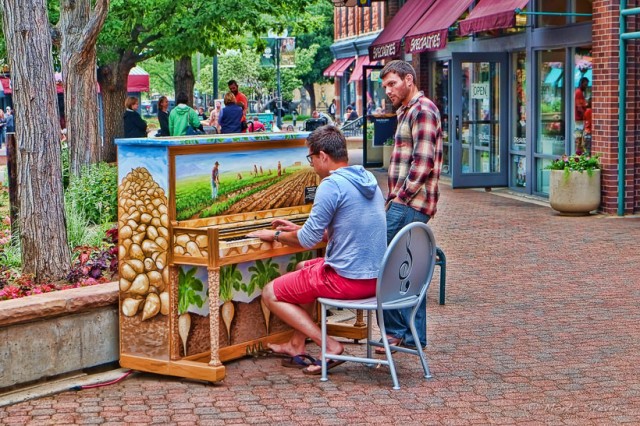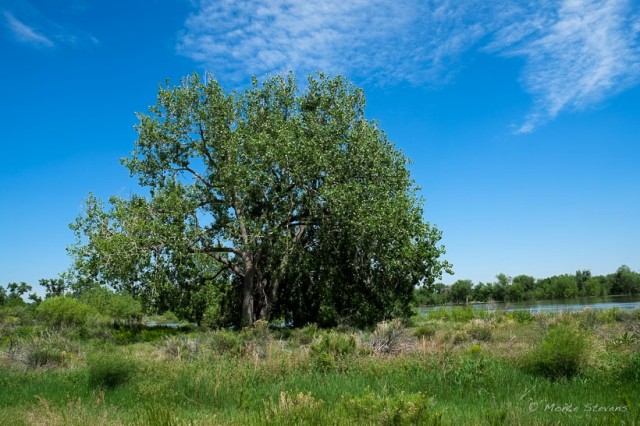The Plains Cottonwood is the tree of the Great Plains. Native Americans and early pioneers used cottonwood trees for their much needed resources. The wood from the cottonwood was used to make tables, benches, shelves and other types of furniture as well as beams for adobe dwellings. Its wood was used as a hot quick burning log for heat.
Cottonwood , elm, and willow trees are seen on many of the rivers and creeks of the Eastern plains of Colorado but this was not he case in pre-settlement days. Prairie grass fires would kill seedlings and the Buffalo herds would trample and graze those seedlings Water flow of rivers and creeks varied depending on snowmelt and rainfall. Drought and flooding took its toll. Times have changed. The fires and buffalo are gone and the water is now controlled . The South Platte alone has over 700 dams and reservoirs to the Missouri. Water flow is now pretty constant creating a better environment for trees.
It’s interesting to know the Lewis and Clark expedition, known as the Corp of Discovery, were constantly referring to cottonwood trees in their writings noting the porcupine feeding on leaves and bowers of the cottonwood. Scientifically we now know the porcupine loves the starchy, sugar-coated leaves.
They hold a practical as well as a spiritual value to Native American Indians. They sometimes described them as standing people or talking people. For those of you who have experienced the vastness of the flat plains or the desert you can relate to the feeling of being lost without unique landmarks. Lewis made an entry detailing the use of one such tree. As he explores the Rainbow Falls and Colter Falls in what was to become Montana he sees an island in the Great Falls area. The Hidatsas Indians had told him to look for an island on which he would find a tall cottonwood with an eagles nest. He found exactly what they had described which shows the importance these trees were to the American Indians in knowing their land. There were no maps or GPS. They had to check the horizon.






